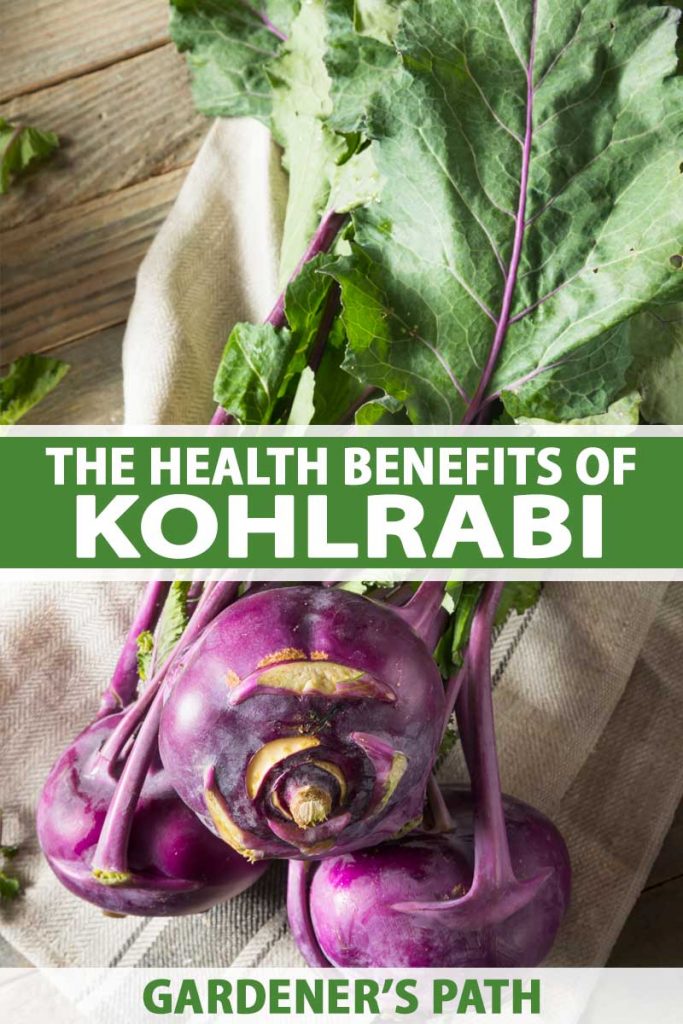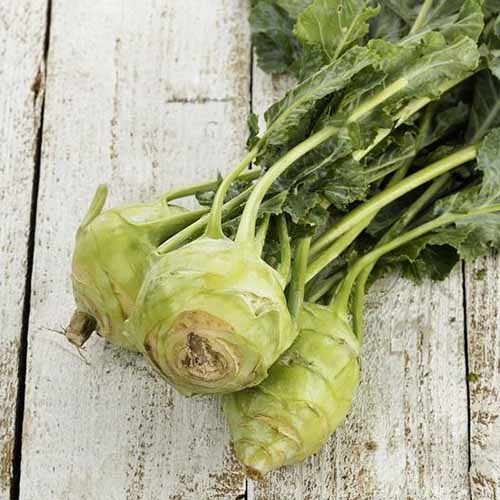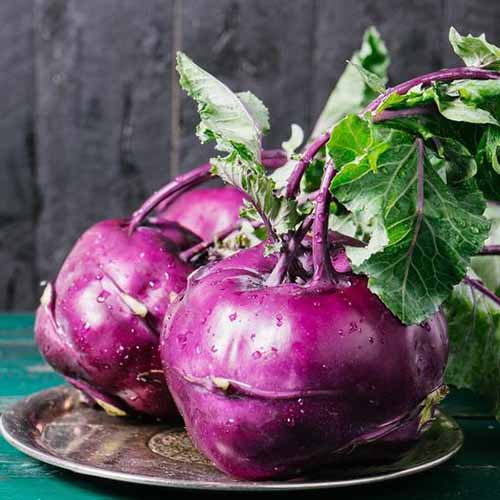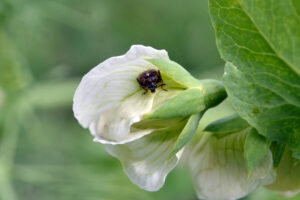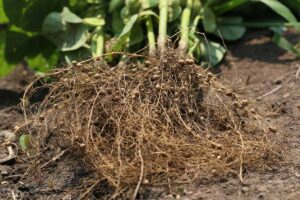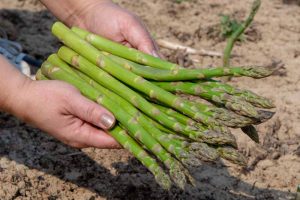It may have a funny name, but the health benefits of kohlrabi are no laughing matter!

We link to vendors to help you find relevant products. If you buy from one of our links, we may earn a commission.
This bulbous vegetable offers plenty of nutrients and potential health benefits. Let’s discuss these in more detail!
What You’ll Learn
What Is Kohlrabi?
Kohlrabi is a cultivar of wild cabbage, within the same species as broccoli, kale, brussels sprouts, and collard greens – Brassica oleracea.

Its unique name has German roots, with a rough literal translation to “cabbage turnip” in English.
While this descriptive name does provide a fairly honest picture of what this veggie looks like, it is a bit misleading nonetheless. Unlike turnips, kohlrabi is not a root vegetable.
Instead, the sort of turnip-shaped protuberance that forms the bulk of the vegetable below the leaves actually grows above ground.
The texture is similar to that of broccoli stems, but the flavor is more sweet and mild. It can be peeled and eaten raw or cooked.
The leaves of the plant are also edible and similar to kale in flavor and texture.
Nutritional Value
Raw kohlrabi makes for a special addition to crudites and adds snap to a salad. Like most vegetables, it is nutritionally dense, meaning it is low in calories but high in nutrients.
One cup of raw slices contains 36 calories, 2.3 grams of protein, virtually no fat, and 8.4 grams of carbohydrate.
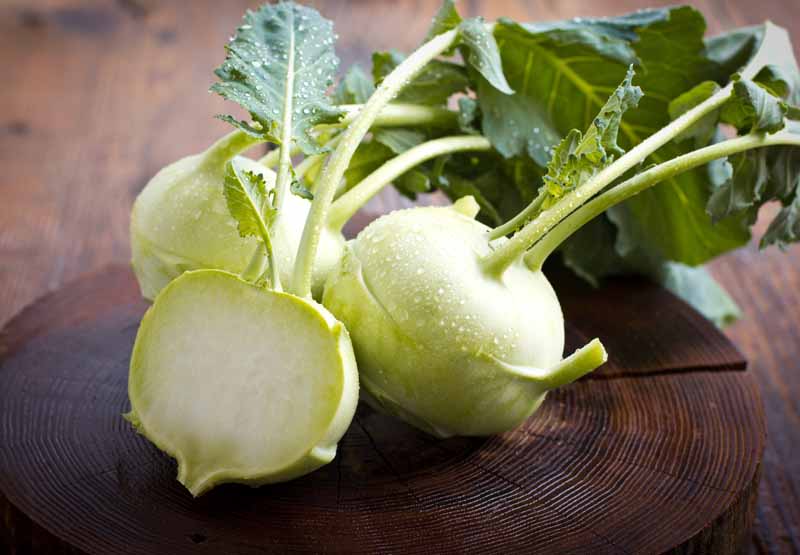
Additionally, it provides 4.9 grams of fiber, over 100 percent of the daily value of vitamin C, 11 percent of the daily value of phosphorus, and 10 percent of daily potassium.
The leaves of the plant contain vitamin C, as well as vitamin K and fiber.
Remember that the daily value of certain nutrients is based on the suggested amount for healthy adults. If you are younger, older, or have certain health conditions, your needs may be different and it’s best to check with your medical provider for nutritional recommendations.
Reasons to Include More in Your Diet
Due to its rich nutritional value, this veg brings some strong potential health benefits with it.
First, the high amount of vitamin C packs antioxidant power. Antioxidants combat free radicals that can cause damage to our cells.
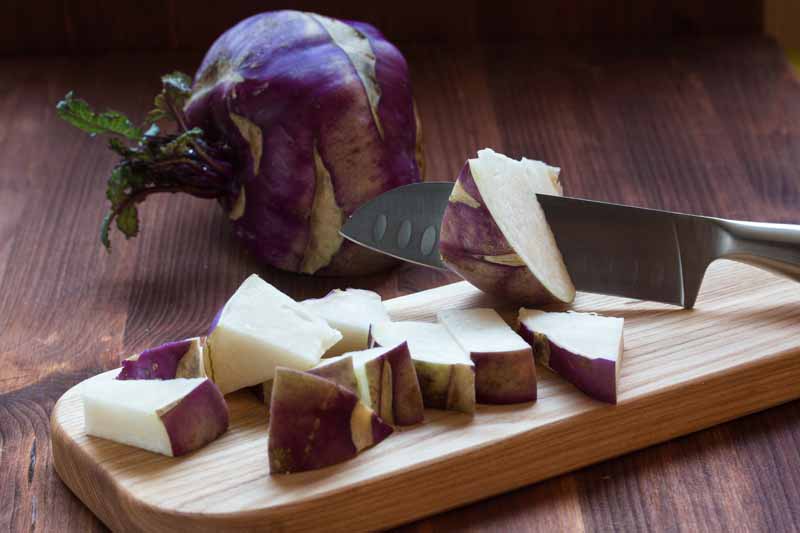
Antioxidants may also reduce inflammation in the body, which can help to prevent chronic diseases including heart disease and diabetes.
This vegetable can also help with supporting the immune system. You may know already that vitamin C helps with this, but fiber is also important.
Kohlrabi and other veggies contain prebiotic fiber that helps to maintain a healthy gut microbiome (aka the helpful bacteria in our gut), which can help the body fight infection.
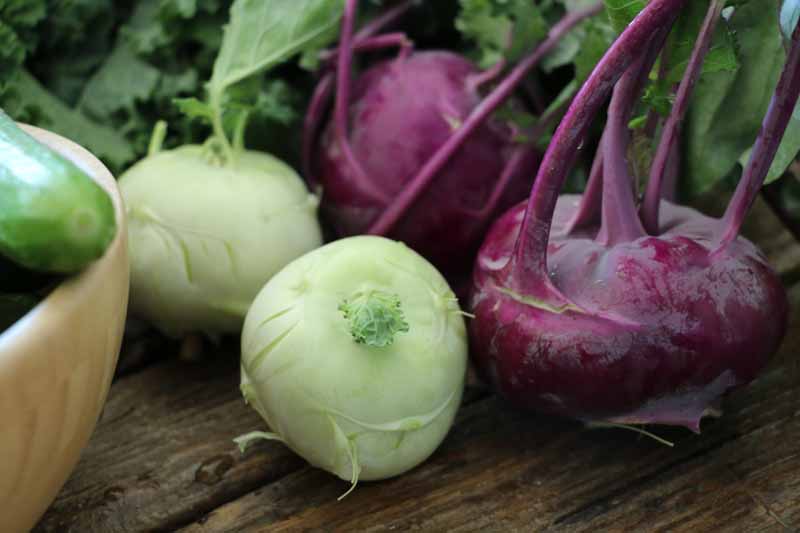
This veggie can assist with collagen production in the body as repair is needed. Vitamin C plays a vital part in producing this connective tissue.
Finally, you may want to increase your kohlrabi intake if high blood pressure is a concern for you. The potassium in this tasty cruciferous vegetable can help to lower blood pressure.
Reducing the sodium in your diet can also assist with this, and replacing processed foods with healthy vegetables is a great way to reduce sodium intake!
Cultivars to Try
If the low calories, high levels of nutrients, and potential health benefits have sold you, you’re ready to add kohlrabi to your garden!
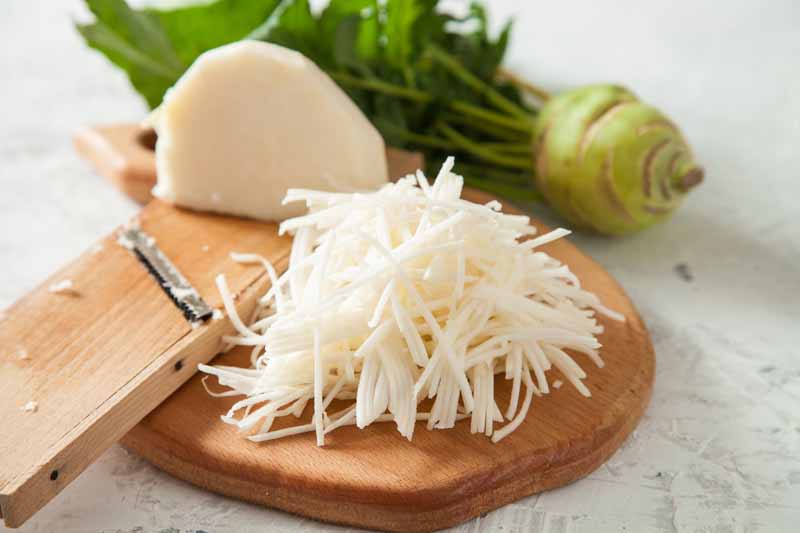
This plant is fairly easy to grow, and often thrives in a cooler environment. Kohlrabi is a cool-weather crop, like other brassicas.
The most common variations are a white or light green color, or a bright purple color.
Both varieties have white flesh on the inside and similar nutritional compositions if you aren’t eating the tougher outer flesh.
While many purple vegetables offer additional health benefits from the purple anthocyanin pigments they contain, note that this is commonly peeled away and discarded when consuming purple kohlrabi.
When choosing seeds, I would recommend the ‘White Vienna’ or ‘Purple Vienna’ cultivars. These offer mild flavor, are good to eat raw or cooked, and thrive in cooler climates.
You can find seeds for ‘White Vienna’ from Eden Brothers here, and ‘Purple Vienna’ here.
Cooking with Kohlrabi
This crunchy cabbage cousin is proven to be quite a nutritious addition to the garden, and its mild flavor makes it versatile in the kitchen.
Try it raw in this spicy spiralized slaw from our sister site, Foodal, or fried with a tasty homemade cilantro yogurt dipping sauce. You can find the recipe for this veggie appetizer from Foodal as well.
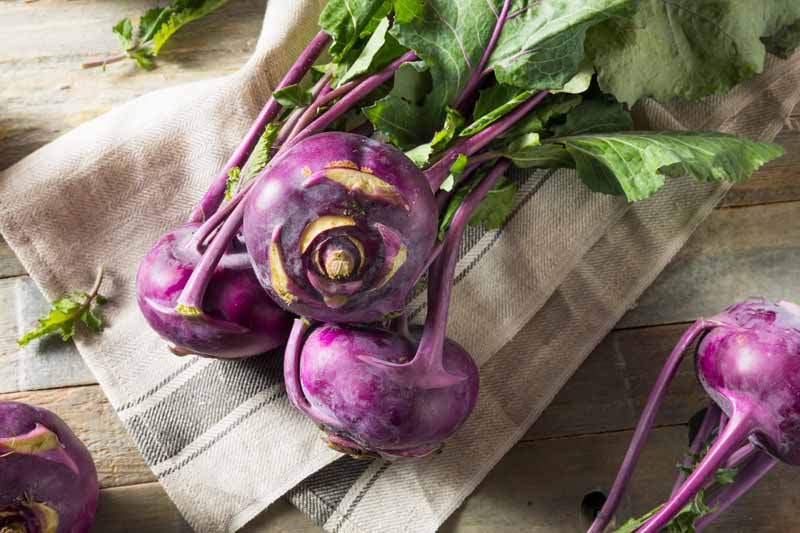
Have you tried kohlrabi before? Tell me about your favorite varieties for growing and eating and your favorite recipes in the comments below!
If you are interested in learning more about cruciferous vegetables check out these articles next:
- Eating Kohlrabi Greens: Tips for Harvesting and Cooking the Leaves
- What are the Health Benefits of Homegrown Collard Greens?
- Health Benefits of Mustard Greens
- How Nutritious Is Raw Cabbage?
© Ask the Experts, LLC. ALL RIGHTS RESERVED. See our TOS for more details. Product photos via Eden Brothers. Uncredited photos: Shutterstock. With additional writing and editing by Allison Sidhu.
The contents of this article have been reviewed and verified by a registered dietitian for informational purposes only. This article should not be construed as personalized or professional medical advice. Gardener’s Path and Ask the Experts, LLC assume no liability for the use or misuse of the material presented above. Always consult with a medical professional before changing your diet, or using supplements or manufactured or natural medications.
